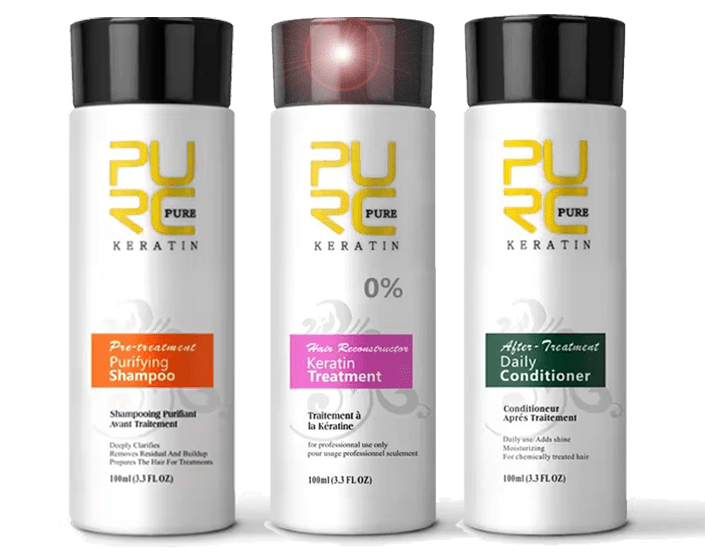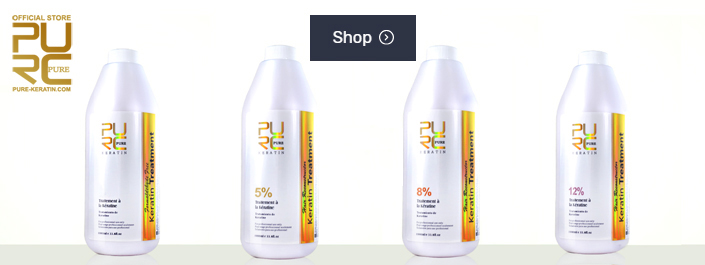Do you really have to wait 72 hours after keratin treatment?
KERATIN TREATMENT on 22nd Aug 2024
Do You Really Have to Wait 72 Hours After Keratin Treatment?
Outline of the Article
- Introduction
- Understanding Keratin Treatments
- The 72-Hour Waiting Rule
- Do You Really Need to Wait 72 Hours?
- Expert Opinions on the 72-Hour Rule
- Caring for Your Hair During the Waiting Period
- Myths and Misconceptions
- Alternative Aftercare Tips
- The Future of Keratin Treatments
- Conclusion
- FAQs
Introduction
Keratin treatments have become a popular choice for anyone looking to achieve smooth, frizz-free hair. But with this transformative hair treatment comes a set of strict aftercare rules, the most well-known being the 72-hour waiting period. This guideline advises you to avoid washing your hair, tying it up, or exposing it to moisture for three full days. But do you really have to wait 72 hours after keratin treatment? Let’s explore the reasons behind this rule and whether it’s truly necessary.
Understanding Keratin Treatments
What is Keratin?
Keratin is a type of protein that naturally occurs in your hair, skin, and nails. It's responsible for keeping your hair strong, shiny, and resistant to breakage. However, factors like heat styling, chemical treatments, and environmental damage can deplete your hair’s keratin levels, leading to frizz, dullness, and brittleness.
How Keratin Treatments Work
Keratin treatments involve applying a keratin-infused formula to your hair, which is then sealed in using heat, typically from a flat iron. This process helps to smooth the hair cuticle, reduce frizz, and enhance shine, making your hair more manageable. The treatment can last anywhere from a few weeks to a few months, depending on your hair type and how well you maintain it.
Types of Keratin Treatments
There are several types of keratin treatments, including traditional Brazilian blowouts, express keratin treatments, and formaldehyde-free options. Each type has a slightly different formulation and longevity, but they all aim to achieve similar results—smoother, healthier-looking hair.
The 72-Hour Waiting Rule
Origins of the 72-Hour Rule
The 72-hour waiting rule was established when keratin treatments first became popular. The idea was that it takes time for the keratin to fully bond with your hair, and any premature interference, like washing or styling, could disrupt this process.
Purpose of Waiting After Keratin Treatment
The main reason for waiting 72 hours is to ensure that the treatment has enough time to set properly. Washing your hair too soon can strip away the treatment, leading to less effective results. Additionally, tying your hair up or tucking it behind your ears can create creases that may become permanent, especially while the keratin is still settling.
Common Practices During the Waiting Period
During the 72 hours after a keratin treatment, you’re generally advised to avoid:
- Washing your hair
- Using hair ties, clips, or headbands
- Exposing your hair to moisture or humidity
- Sleeping on cotton pillowcases
Do You Really Need to Wait 72 Hours?
Effectiveness of the 72-Hour Rule
While the 72-hour rule has been widely accepted, the necessity of this waiting period can vary depending on the type of keratin treatment you receive. Some newer treatments have been formulated to bond more quickly with the hair, potentially reducing the need for an extended waiting period.
Consequences of Not Waiting 72 Hours
If you don't wait the full 72 hours, you may find that your treatment doesn’t last as long or that your hair isn't as smooth as expected. The keratin might not have fully bonded with your hair, leading to frizz or even uneven texture.
Variations Based on Hair Type and Treatment
Your hair type and the specific treatment you choose can also influence how strictly you need to adhere to the 72-hour rule. For example, fine hair may absorb the keratin more quickly, while thicker or more porous hair might require the full waiting period.
Expert Opinions on the 72-Hour Rule
What Hair Stylists Say
Many hair stylists still recommend following the 72-hour rule, especially for traditional keratin treatments. They believe that this waiting period is crucial for achieving the best and longest-lasting results.
Scientific Perspective on Keratin Bonding
From a scientific standpoint, the bonding process between keratin and hair is complex. Some experts argue that while the initial bonding occurs during the treatment, additional time allows for a stronger, more resilient bond, which is why waiting 72 hours can be beneficial.
Case Studies and Real-Life Experiences
Real-life experiences vary, with some people reporting excellent results even when they didn’t wait the full 72 hours. However, others have noticed that their hair returned to its original state more quickly when they didn’t follow the guideline.
Caring for Your Hair During the Waiting Period
Avoiding Water and Humidity
One of the most important things to do during the waiting period is to avoid any exposure to water or humidity. This means no showers without a cap, no workouts that make you sweat, and certainly no swimming.
Best Hairstyles to Maintain the Treatment
Since you can’t tie your hair back or style it as you normally would, consider letting it hang loose and natural. If you need to keep it out of your face, a silk scarf can be a stylish and safe alternative.
Products to Use and Avoid
During the 72-hour waiting period, avoid using any hair products that contain sulfates, parabens, or other harsh chemicals. These can interfere with the treatment and reduce its effectiveness. Stick to a sulfate-free shampoo and conditioner designed for treated hair once you’re able to wash it.
Myths and Misconceptions
Common Myths About Keratin Treatment Aftercare
There are plenty of myths surrounding keratin treatments and their aftercare. One common misconception is that the treatment will make your hair completely maintenance-free, which isn’t necessarily true. While keratin treatments can make your hair more manageable, proper care is still required to maintain the results.
Debunking Misconceptions About the 72-Hour Rule
Another misconception is that the 72-hour rule is outdated and unnecessary for all types of keratin treatments. While it’s true that some modern treatments may not require a full 72-hour wait, it’s still a good rule of thumb for most traditional treatments.
Alternative Aftercare Tips
Quick Fixes if You Accidentally Get Your Hair Wet
If you accidentally get your hair wet before the 72 hours are up, don’t panic. The best thing to do is to immediately blow-dry your hair on a low heat setting and then run a flat iron over it to reseal the keratin.
How to Protect Your Hair While Sleeping
To avoid creases and kinks while you sleep, try sleeping on your back with your hair spread out on a silk pillowcase. Silk is gentler on your hair than cotton and can help maintain the smoothness of your treatment.
Using a Silk Pillowcase
In addition to helping with sleep creases, a silk pillowcase can also reduce friction, which is beneficial for maintaining the longevity of your keratin treatment.
The Future of Keratin Treatments
Innovations in Keratin Treatment Formulas
The beauty industry is always evolving, and keratin treatments are no exception. Newer formulations are being developed that allow for quicker bonding, meaning that the 72-hour waiting period may not be necessary for all treatments in the future.
Potential Changes to Post-Treatment Care
As keratin treatments continue to improve, we might see a shift in post-treatment care recommendations. Shorter waiting periods and more versatile aftercare options could become the norm, making keratin treatments even more accessible and convenient.
Conclusion
The 72-hour waiting period after a keratin treatment has been a longstanding rule in the world of hair care. While it’s rooted in ensuring the best possible results, modern advancements in keratin treatments may allow for more flexibility. Ultimately, whether or not you choose to wait the full 72 hours depends on your specific treatment, hair type, and personal preference. However, sticking to this guideline remains a safe bet for those looking to maximize the longevity and effectiveness of their keratin treatment.
FAQs
- Is it necessary to wait 72 hours after every keratin treatment?
Not necessarily. Some newer treatments may require a shorter waiting period, but it’s best to follow your stylist’s recommendations. - What happens if you wash your hair before 72 hours?
Washing your hair before the 72-hour mark could cause the treatment to wash out prematurely, leading to less effective results. - Can you swim after a keratin treatment?
It’s advised to avoid swimming, especially in chlorinated or saltwater, as it can strip the treatment from your hair. - How can you maintain your keratin treatment longer?
Use sulfate-free shampoos and conditioners, avoid excessive heat styling, and protect your hair from environmental damage to prolong the effects. - Is the 72-hour rule the same for all types of keratin treatments?
No, the waiting period can vary depending on the specific treatment and formulation used.



















